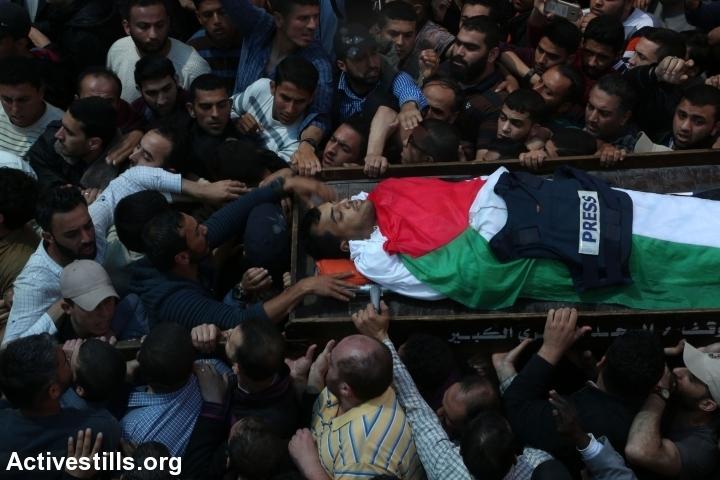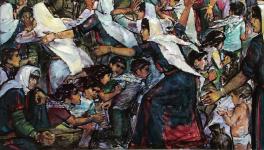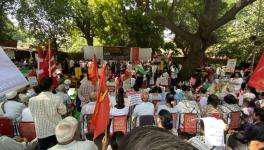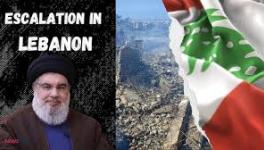One Bullet, One Journalist: Israel’s Prescription To Silence Truth

Two journalists have been killed and over two dozen injured due to Israeli sniper fire since the beginning of the Great Return March
“We’ve started on this road and we know the dangers on it, but we have a message we must communicate,” said Rushdi Sarraj of Ain Media, which was co-founded by Yasser Murtaja. Murtaja was shot and killed by Israeli snipers while he was covering the protests on April 6.
More and more journalists, despite wearing flak jackets marked ‘press’, are being hit by Israeli snipers during the Great Return March. According to observers, the pattern of injuries points to a deliberate targeting of journalists who are covering the 45-day protest against the Israeli military occupation of Palestine.
As of now, more than two dozen journalists have been injured, with many suffering permanent disabilities due to gunshot wounds. For instance, Youssef al Kronz, a photo-journalist, was hit in both legs while covering the march, nearly 750 m away from the border. Much of his left leg had to be amputated to save his life. Since the beginning of the protests on March 30, two journalists - Murtaja and Ahmed Abu Hussein - have been killed after being shot by the Israeli Defence Force (IDF) soldiers.
The duo are among the 38 Palestinians killed. Over 1,500 people have been injured. At least four children have been killed and 454 wounded in the IDF assault on the Land Day protests, which is set to culminate on May 15 to mark 70 years since the Palestinian Nakba (“catastrophe”).
The Committee to Protect Journalists (CPJ) said that considering the tactical capabilities of Israeli snipers, the killings may have been a deliberate attempt to suppress the media coverage of the protests. The CPJ has called for an investigation into the killings.
The CPJ further noted that the killing of Murtaja is part of a pattern, citing the 17 journalists killed in Israel and the Occupied Territories since 1992, when it began keeping records. Of these deaths, 15 have been due to Israeli fire. But till now, no one had been held accountable. Other sources estimate the number of journalists killed during this period to be much higher.
“We Palestinian journalists have many difficulties,” explained Rushdi Sarraj. “Firstly, we’re in a big prison [Gaza]. We can’t study outside or go outside or mix with other cultures or foreign journalists. We are completely isolated.”
“Secondly, we face big difficulties getting the equipment that we need,” said Sarraj. “The majority of it is not allowed to be brought in [from Israel]. Therefore, we are blocked from doing many kinds of work. Also, our lives are constantly in danger.” In wars and clashes, he said, “the journalist is always targeted.”
The targeting of journalists is a gross violation of United Nations Security Council Resolution 2222 (2015), which states: “impunity for crimes committed against journalists, media professionals and associated personnel in armed conflict remains a significant challenge to their protection and that ensuring accountability for crimes committed against them is a key element in preventing future attacks.”
Get the latest reports & analysis with people's perspective on Protests, movements & deep analytical videos, discussions of the current affairs in your Telegram app. Subscribe to NewsClick's Telegram channel & get Real-Time updates on stories, as they get published on our website.























